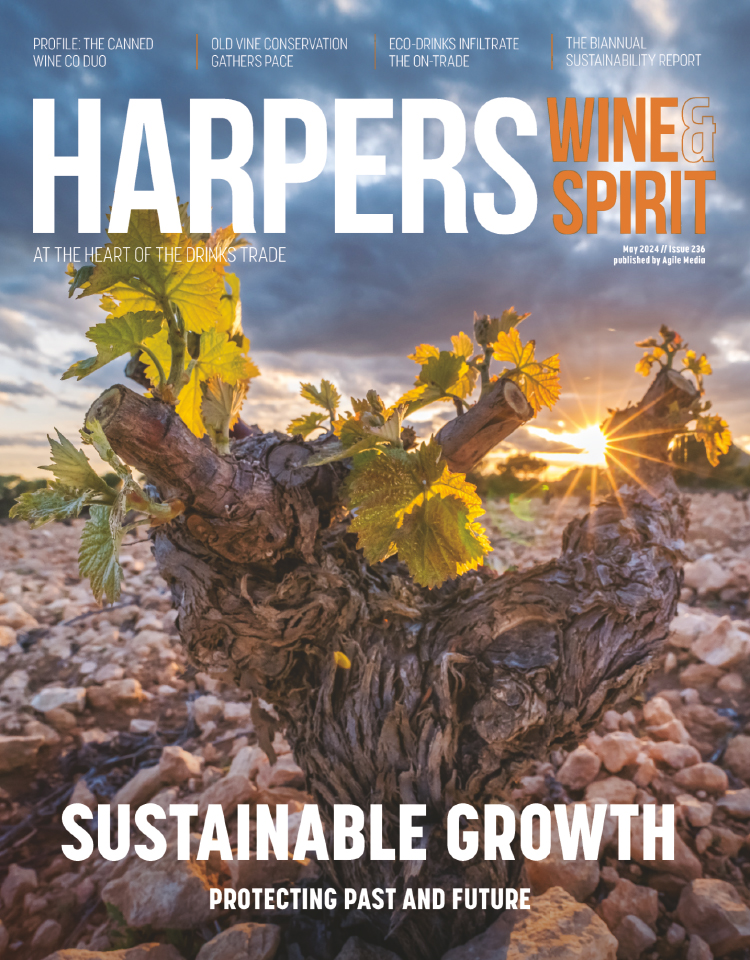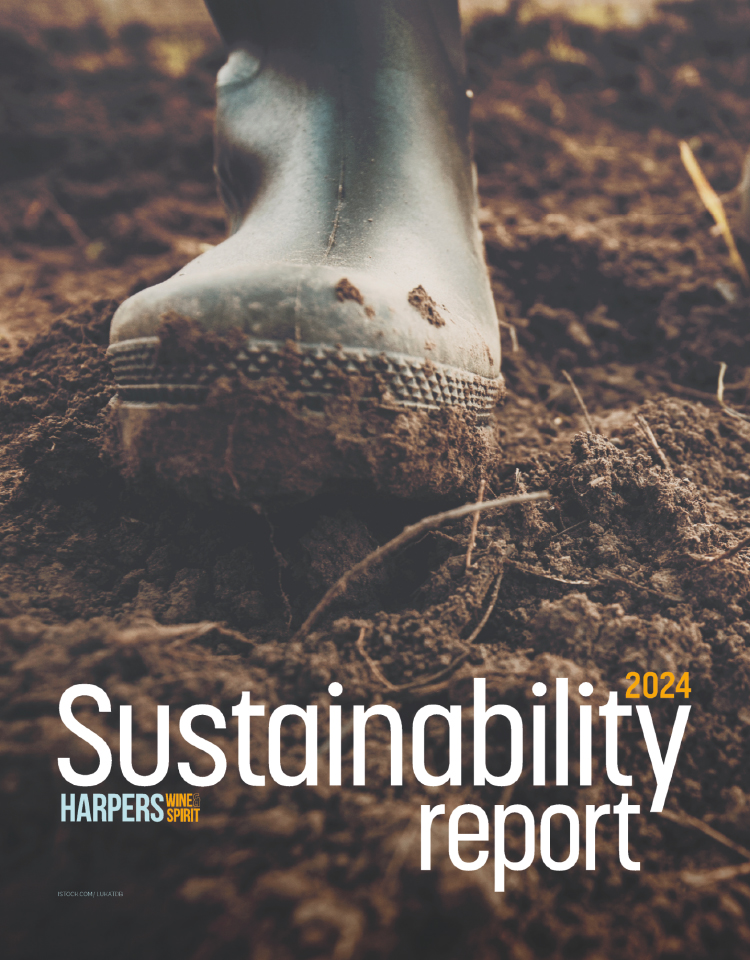Anastasia Edwards: blog from Piedmont and Nebbiolo conference
I am just back from a fascinating Berry Bros and Rudd press trip to Piedmont, during which I met several of the region's best producers. I return with a rather complicated mandate, however: to avoid mentioning any words beginning with B. These include barrique, botte, and, especially, Barolo and Barbaresco.
I am just back from a fascinating Berry Bros and Rudd press trip to Piedmont, during which I met several of the region's best producers. I return with a rather complicated mandate, however: to avoid mentioning any words beginning with B. These include barrique, botte, and, especially, Barolo and Barbaresco.
How can one visit Piedmont on a wine trip and avoid talking about what are, arguably, Italy's greatest wines? The answer is if you have fallen under the spell of Nebbiolo and its impassioned proponent, David Berry Green.
Berry Green is the Italy buyer for Berry Bros and Rudd (he also buys wines from other regions). He has been living like a native in Serralunga d'Alba since 2009, speaks virtually fluent Italian, and has created a sort of salon of the best and brightest of Piedmontese winemakers, with whom he often meets to discuss their wine and winemaking philosophies.
Nebbiolo shouldn't need an introduction to readers of Harpers and yet, Berry Green feels, it has been widely misunderstood. While Nebbiolo produces the legendarily tannic, long-lived and expensive B-wines, it is also the star of Langhe Nebbiolo DOC and Nebbiolo d'Alba DOC.
These Nebbiolo wines have terrific fruit and friendly tannins, and can be drunk as little as a year after harvest. The best of them are serious and elegant, but they come at an easier price-point: £15-20 per bottle on average compared to £30 and upwards for the B-wines.
Berry Green is convinced that not only are Langhe Nebbiolo DOC and Nebbiolo d'Alba DOC great "second wines", offering an introduction to the B-wines, but that they are a great introduction to Italian wines in their own right. "When I first tried these wines, I was taken aback by their purity of expression," he said. "I realised that these wines, like many other Italian wines, were not being communicated about in the UK."
To make his case, Berry Green hosted an event last week [on 13 April] which he called "Nebbiolo Nobile", in the castle of Serralunga d'Alba, the town in which he lives. Some 50 top producers (including Elio Altare, Domenico Clerico, Bruno Giacosa, and Giacomo Conterno) presented 52 wines to a group of British journalists and wine bloggers flown out for the occasion.
The tasting was followed by a seminar at which speakers included Pietro Ratti, the head of the Consorzio di Tutela Barolo Barbaresco Alba Langhe e Roero, wine journalist Margaret Rand, and Michael Palij MW, one of the UK's foremost experts on Italian wine.
The wines were remarkable for their high quality - I along with several other wine journalists marvelled at the fact that there really had not been a single dud among any of the 52 wines at the tasting, nor indeed among any of the Langhe Nebbiolo DOC and Nebbiolo d'Alba DOC wines of the top producers we had visited on the two days of wines visits preceding the Nebbiolo Nobile event (Cascina Fontana, E. Pira, Cornarea, and Mascarello Bartolo).
The common denominators were ripe, beautiful fruit (lush and rich in some, more lithe and elegant in others), vibrant acidity, and great balance. Variables included degree of minerality and an abundance of floral notes (far more violets than roses for me, though no tar to speak of these young wines). None seemed to be aspiring to an "international" or Parkerized style (these styles doubtless exist, as they do in the B-wines, but had no doubt been edited out of the final tasting by Berry Green).
One has to wait for the B-wines, not daring to rob the cradle, but with these Nebbiolo DOC wines one can rejoice in their purposefully arrested development. (The best wines wear their age well: I tasted a lovely 2000 Langhe Nebbiolo from Mario Fontana, who, incidentally, believes that the Nebbiolo DOC wines, unlike the B-wines, never "close down".)
These wines are an easy sell to a wine writer, especially one interested in Italian and, specifically, Piemontese wine, but how to sell them to the UK (and beyond)? The debate at the seminar aligned itself into two camps: whether the wines should peg themselves as junior Barolo and Barbaresco (which means not dwelling too much on Nebbiolo for fear of complicating the image of the B-brands) or whether they should wave the Nebbiolo flag (which means, according to Palij, a degree of disassociation from any "B" word except for "buono").
The impassioned debate that took place between various growers and members of the panel, suggested that this question will not resolve itself overnight (if indeed it needs to be resolved at all). What was fascinating was that this friendly airing of domestic laundry was taking place at all, let alone in front of a group of stranieri.
The UK wine trade has long lamented the fact that Italy can't seem to explain itself to the outside world, but here were a group of producers working towards a concrete definition of their wines and region.
Of course, they had had some help. "I am the megaphone for Piemontese producers, who can be quite buttoned up," Berry Green had explained at the start of the trip. He has placed himself in the heart of Piedmont in order to "get to the bottom of Italian wines", not just Piedmontese wines, and one hopes he will consider becoming the megaphone for some of Italy's many other intriguing regions - and grape varieties.
David Berry Green's Italian wine blog is at: bbrblog.com/category/dbg






